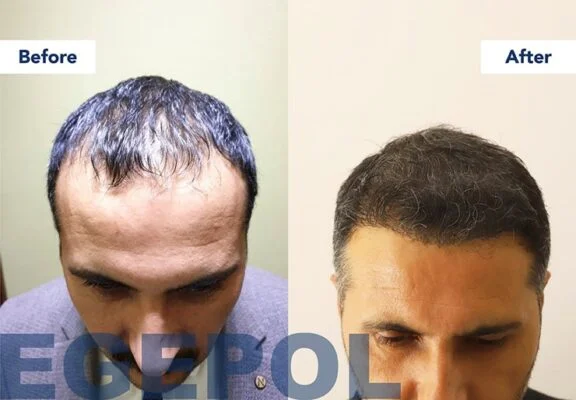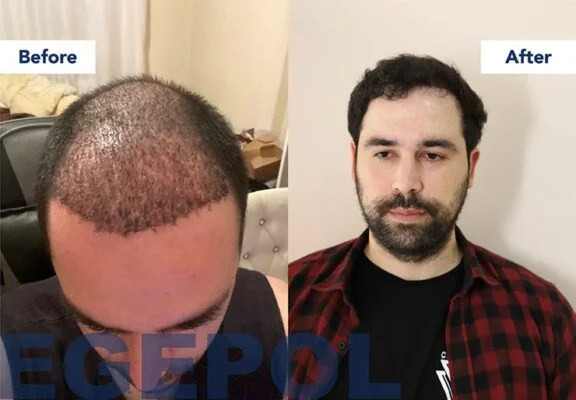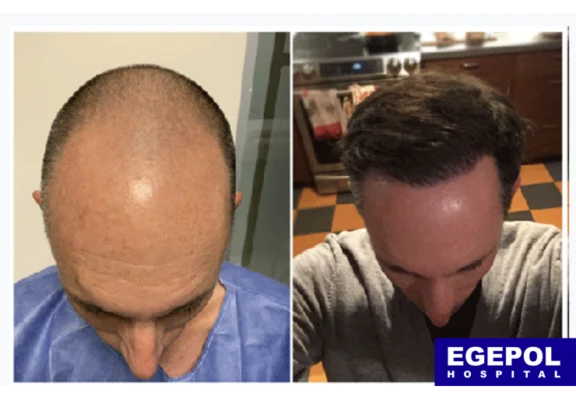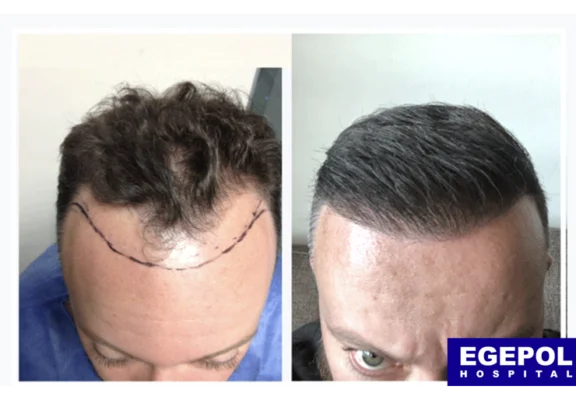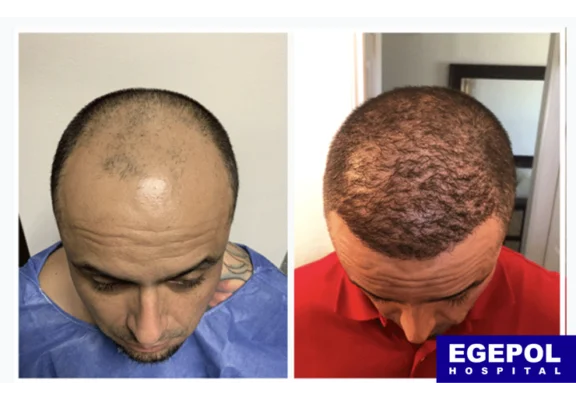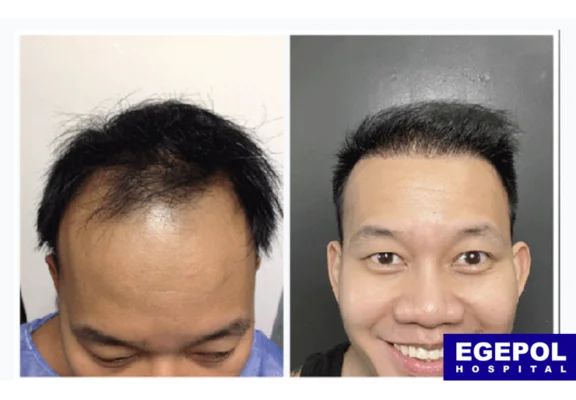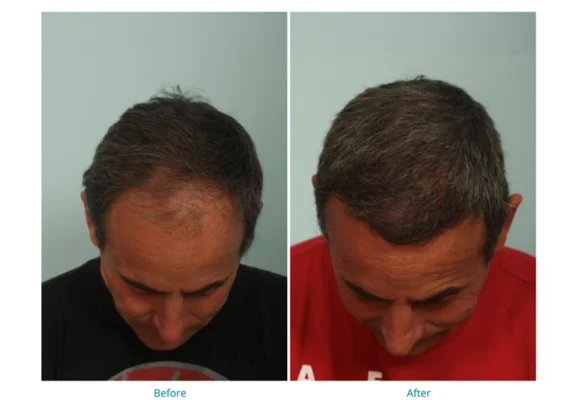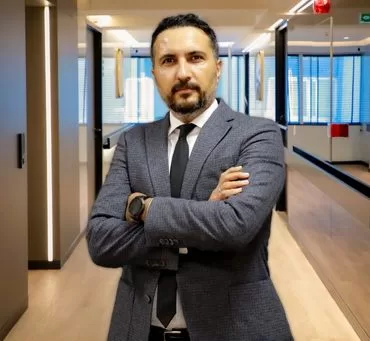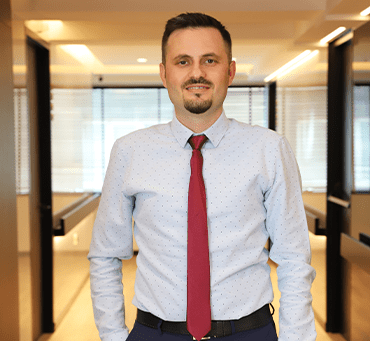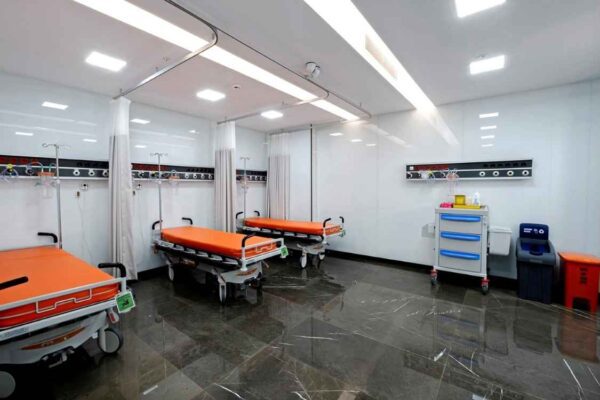The pervasive dilemma of hair diminution afflicts countless individuals across the globe. Hair transplant surgery, an increasingly sought-after remedy, encompasses the relocation of hair follicles from a bountiful region to a sparse or balding segment of the cranium.
Hair Transplant methodologies have experienced significant advancements, with follicular unit transplantation (FUT) and follicular unit extraction (FUE) emerging as prevalent techniques. This composition delves into the 3500-graft Hair Transplant process, entailing the transplantation of 3500 hair follicles onto the cranium.
What is Hair Transplant (3500 Grafts)?
Hair transplant surgery entails the procurement of robust hair follicles from a designated donor zone, typically situated at the posterior of the cranium, and their subsequent relocation to a recipient zone exhibiting thinning or balding tendencies. The requisite number of grafts hinges upon the magnitude of hair recession, the dimensions of the recipient region, and the donor area’s hair concentration. In the context of the 3500-graft Hair Transplant, an approximate 3500 individual hair follicles are transplanted onto the cranium to facilitate naturalistic hair proliferation.
How is Hair Transplant (3500 Grafts) Performed?
The execution of the 3500-graft Hair Transplant procedure predominantly occurs in an outpatient setting under local anesthesia. The ensuing procedural breakdown offers a comprehensive overview:
- Preliminary Phase: The patient’s hair undergoes a truncation process, followed by the shaving of the donor region. The surgeon subsequently delineates the recipient zone and orchestrates the hair grafts’ strategic placement.
- Procurement: In the FUT modality, a sliver of dermis is excised from the donor region, with individual hair follicles being meticulously extracted under microscopic observation. Conversely, the FUE approach necessitates the direct extraction of individual hair follicles from the donor region, employing a specialized instrument.
- Graft Refinement: The procured hair follicles undergo a preparatory stage, wherein they are segregated into singular units.
- Implantation: The surgeon meticulously crafts diminutive incisions within the recipient zone, inserting the hair grafts with precision regarding their angle and depth to foster naturalistic hair proliferation.
- Postoperative Regimen: Subsequent to the surgery, the patient receives guidance on appropriate care for the newly transplanted hair. Swelling and tenderness of the scalp may prevail for several days, necessitating pain alleviation measures and antibiotic intervention to thwart infection.
In summation, the 3500-graft Hair Transplant surgery presents a secure and efficacious avenue for reinstating hair growth in individuals grappling with hair loss. Nonetheless, consultation with a competent surgeon is imperative to ascertain the appropriateness of Hair Transplant surgery for one’s unique hair loss predicament.
What should be considered after hair transplantation?
After hair transplantation, there are several precautions to be taken for a successful recovery and optimal results. Here are some important things to consider:
- Follow the instructions provided by your surgeon regarding medication usage, wound care, and post-operative activities.
- Avoid touching or scratching the newly transplanted area to prevent damage to the grafts.
- Protect your scalp from direct sunlight by wearing a hat or using sunscreen with a high SPF.
- Avoid strenuous activities, heavy lifting, and excessive sweating for a few weeks after the procedure to allow the grafts to heal properly.
- Sleep with your head elevated for the first few nights to minimize swelling.
- Use a gentle shampoo recommended by your surgeon when washing your hair, and avoid using excessive force or rubbing the scalp vigorously.
- Refrain from smoking and consuming alcohol during the recovery period, as they can negatively impact the healing process.
- Follow a healthy diet, rich in vitamins and nutrients, to promote hair growth and overall well-being.
- Attend all scheduled follow-up appointments with your surgeon for proper monitoring and guidance.
- Be patient, as it takes time for the transplanted hair to grow and for the final results to be visible.
FAQs
In Turkey, hair transplant clinics generally offer multiple payment options for surgery, including credit card, bank transfer, and cash. These flexible payment methods allow patients to choose the most convenient option for them. It is recommended to inquire with specific clinics to confirm their available payment plans and procedures.
No, hair transplant operations, including 3500 grafts, typically do not come under insurance coverage. Insurance companies typically consider hair transplantation as a cosmetic procedure rather than a medically necessary one, and therefore, the cost is generally not covered by insurance policies.
Hair transplant procedures, including 3500 grafts, tend to be cheaper in Turkey due to several factors. These include lower labor and operational costs, a favorable exchange rate, a high number of experienced surgeons, and a well-established medical tourism industry. These factors contribute to the affordability of hair transplants in Turkey.
No, hair transplant surgeries, including those involving 3,500 grafts, are considered elective cosmetic procedures and typically do not qualify for traditional finance options. However, you may explore alternative methods such as personal savings or specialized medical financing programs specifically designed for cosmetic surgeries.
There is typically no specific age limit for hair transplant surgery in Turkey. The suitability for the procedure is determined on an individual basis, considering factors such as the patient’s overall health, the quality of donor hair, and their expectations. Consultation with a qualified hair transplant specialist is crucial for personalized assessment.
The success rate of a hair transplant surgery largely depends on various factors such as the skill of the surgeon, the quality of the grafts, and the patient’s overall health. While complications can occur, the procedure generally has a high success rate, with a majority of patients achieving satisfactory results. It is important to consult with a qualified surgeon to assess individual risks and expectations.
Hair transplant surgery, like any medical procedure, carries certain risks and potential complications. Although serious problems are rare, they can include infection, bleeding, scarring, and in rare cases, nerve damage. It is crucial to consult with a qualified surgeon, follow post-operative instructions, and have realistic expectations for optimal outcomes.
Hair Transplant Before – After
Our Team
Our Hospital
Atilla, Halide Edip Adıvar St.
No:57, 35270 Konak/İzmir



